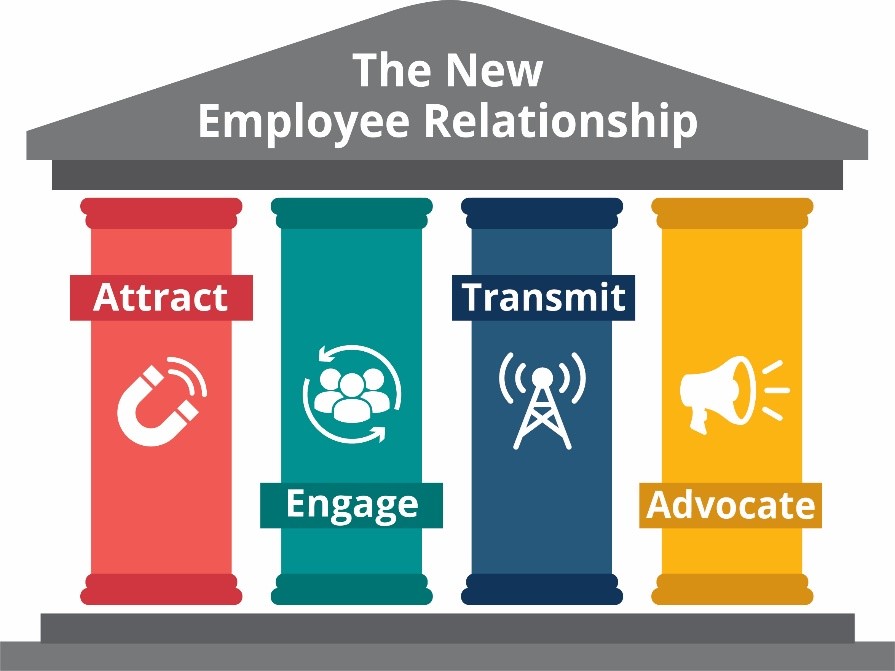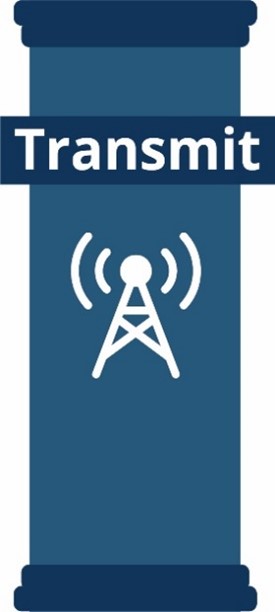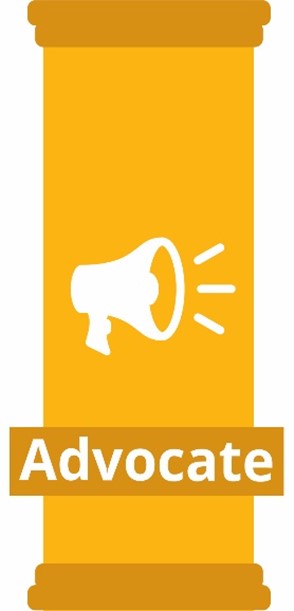Anyone even tangentially attached to Human Resources this past year, or work in general (which means everyone), has heard about “The Great Resignation.” That term is so ubiquitous now you can’t seem to read a LinkedIn post or an article in a business magazine without at least one or two articles talking about the impact the “Great Resignation” has had on companies. Face it.
By: Theresa Thomas, CLMP™, Hinda and Ric Neeley, Hinda
Turnover and disengagement are extremely expensive for you and your company.
According to Gallup, a disengaged employee costs a company about 34% of their annual salary, or $3,400 for every $10,000 they make. If the average salary in the company is $70,000 then you’re looking at roughly $23,000 in costs related to disengagement. Multiply that by the number of employees and you can see the importance of employee engagement. Not to mention, there is cost of turnover — now pegged at 33% of an employee’s annual salary. That’s more than $20,000 for an employee making $60,000 per year!
Most of the chatter is around describing “what” is going on, but not so much on “how to impact” the fact people are leaving at record rates. It isn’t really that helpful to know “what” is happening without knowing the why and how answers. Trust me, knowing what hiccups are isn’t helpful to someone who’s been fighting with them for an hour or two. Think how much better someone would feel if they knew drinking from the opposite side of a glass of water will cure them in seconds 9 out of 10 times.
We feel your pain. Not the pain of your hiccups, but the pain of the shortage of “how to” help available to HR and management.
This time around it is different. In the past, changes in the employment/employee landscape seemed to be temporary and could generally be linked back to a singular cause.
Not today.
The last two years have been messy. We are all faced with multiple issues affecting the way in which employees are engaging with their world, their families, their friends and ultimately, their work and their employers.
Our analysis shows the cause for all the “resignations” isn’t singular. There isn’t a silver bullet out there that can address the problem. And part of the issue is we aren’t looking at a single problem but a host of issues that each contribute to how employees are defining how they approach their lives. As mentioned in the introduction article last week, our goal for this series of posts about employee engagement (notice we didn’t say resignation) is to provide you with the information, the approaches, strategies, AND tactics to create sustainable employee relationships that will counteract today's issues and set you up to weather future concerns. Trust us. There will be future concerns.
4 Pillars of Success for Employee Relationships in a Post-Pandemic Workplace
Through a series of articles that will culminate in an eBook and webinar, we will help you understand the new foundational blocks of a healthy, sustainable employee relationship. These blocks, our pillars, will be useful today — and in the future.
We believe by understanding our recommended engagement strategies, tactics and tools around these four pillars, you will attract employees to your company that fit in immediately, will stay with you, will refer new talent, and maybe, just maybe, want to return when they leave and find out the grass isn’t greener at that new startup with free LaCroix and unlimited PTO.
We make that claim because we know that all relationships are human — whether in our personal lives or our work lives. Humans look for similar things. They need and want to trust and be trusted, they want reciprocity, support, safety, and appreciation. We want to give you the tools and tactics to make sure your employees feel the same connectedness at work that they feel in their best non-work relationships.
Our series of four articles will focus on what we believe are the interrelated elements of a great employee-company relationship you need to master to have the organization you deserve.
Each can be addressed individually but at the same time they are connected. Good work in one area impacts others and can be either a force multiplier or create unintended negative consequences.
We will show through our ongoing articles how you can work within the 4 Pillars and understand the connections between each to provide a result that is greater than the sum of its parts.
Pillar #1 – Attract
What are you doing to make your company interesting enough to get noticed by talent that fits with your company vibe? Do you know what type of people thrive in your organization? Do you know how to make that visible to those looking for your type of organization? How do you know what drives top performers at your company and how you can find and attract more of them?
Figuring out what is special about your company and making sure that people who share similar values know about you and find you is key.
Pillar #2 - Engage
Employee engagement has been the watchword for companies for well over 30 years but became ubiquitous in the 2000s. Research has shown that employee engagement, while being the focus of huge amounts of time and treasure by companies, has been impressively stagnant with a fairly big drop in 2021.
Our second discussion will peel back some of those layers and get to real causes and ways you can drive better employee engagement.
Pillar #3 - Transmit
This may be a new word for you when talking about employee engagement and retention. It’s new because it hasn’t really been at the top of the list at most companies. Our research is showing the key to better retention and engagement is the way in which current managers and employees practice company values and talk about the culture to their employees.
We believe engagement is a human issue and is primarily impacted by other humans. The humans in your organization responsible for making sure engagement happens are your managers. We will address how you can look at engagement as a management task — not a software or enterprise task.
Pillar #4 - Advocate
Having an employee base that is confident in sharing their employee experience drives better recruitment, increased engagement, faster hiring, and a whole host of other benefits. Employees (and alumni) are a critical source of positive employer branding. Manage it and enhance it.
While we have high resignations, we aren’t seeing a lack of available hires. The labor force actually grew by 304,000 people in February 2022. That same source states:
“...people aren’t quitting their jobs to exit the labor market and sit on the sidelines, economists said. Instead, the high level of resignation indicates a strong job market for workers with ample opportunities."
What that means is employees are being selective. What you’re seeing is employees taking back some agency from employers and looking harder and deeper for the jobs and the companies that match their values and provide an emotional connection and engagement. In the fourth installment in this series, we will show you how to create employee advocates.
Net-Net
The world changed drastically in 2020. Not just in the way we socialized, but also how we prioritized the various parts of our lives. We found out in an instant how much we need social connections. We discovered what we really valued in our relationships and our employment. Those feelings and impressions, while always in the background, were shoved front and center with no warning, leaving all of us unprepared.
Now is the time to take a step back. Look at the changes — in how we work, where we work, with whom we work and why we work — and ensure we’re turning the appropriate dials and pulling the right levers to encourage employees to WANT to work with you and WANT to bring their connections into their work orbit.
This series of articles on the “4 Pillars of the Post-Covid Employee Relationship” will spell out the reasons and the responses you need to know about and embed in your organization if you want to be an employer of choice.
Get More Information - Get Priority Access
Take a minute and click here to sign up for early access to our complimentary eBook and a reserved spot for our webinar around the 4 Pillars. The webinar will cover all the information in the whole series, and you’ll have the opportunity to ask questions and engage in dialogue that will help you drive greater employee engagement and create healthier relationships.
Theresa Thomas is Vice President, Strategic Solutions for Hinda and a Certified Loyalty Marketing Professional™. Ric Neeley is Director of Marketing for Hinda. Hinda is a US-based loyalty solutions provider that helps engage, inspire, and reward the people most important to your business.









